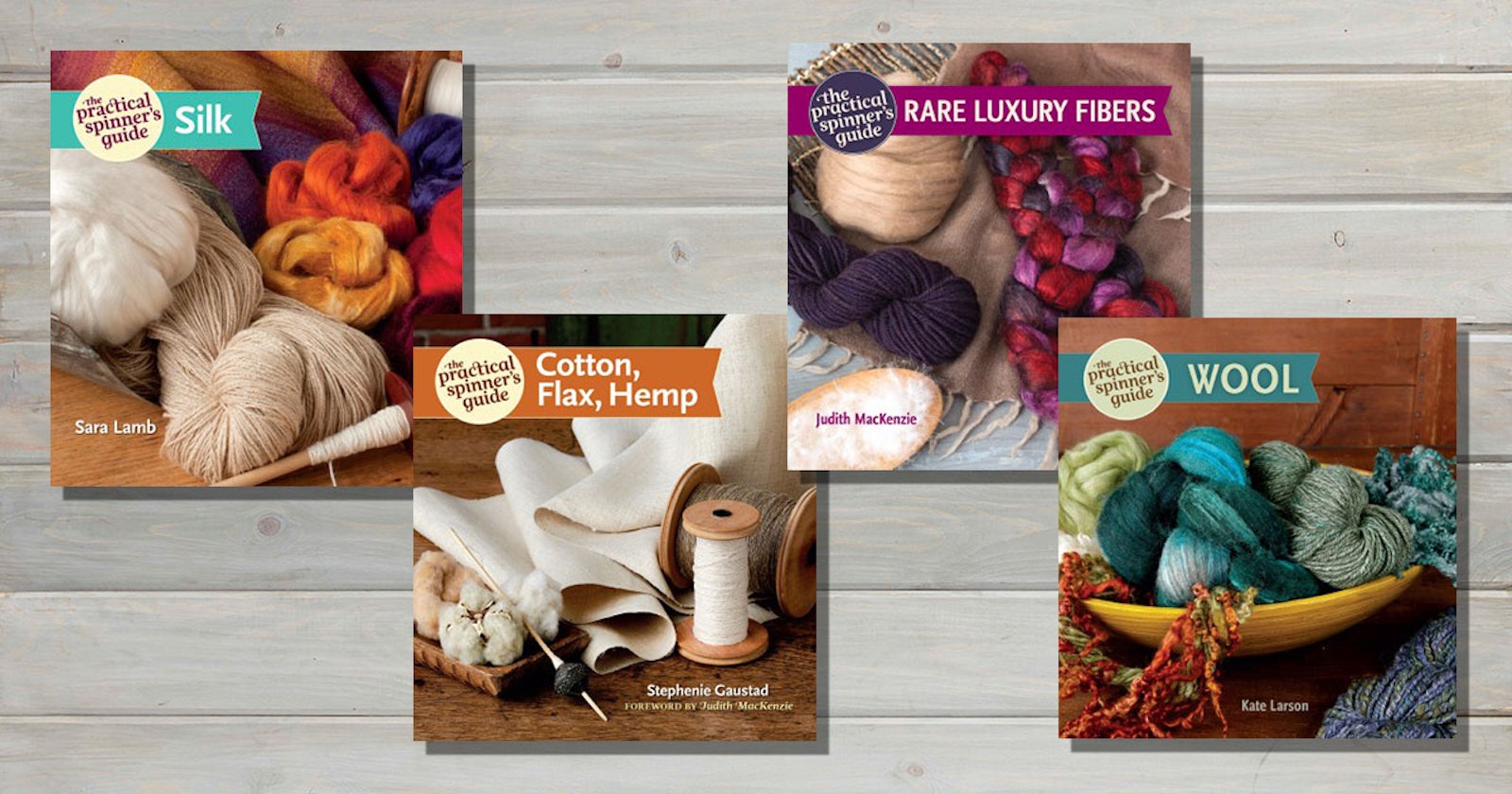For me, wool is the very stuff of life. It is ever-present in my home, my friendships, my thoughts and dreams. And while I adore using (and sniffing and hoarding) all types of wool, I have a penchant for longwools. A pile of silky, supple curls makes my spinner’s heart sing. They are not as soft as Merino, but a beautiful Teeswater fleece has a slick, cool feel in my hands that I can’t resist. From tailspun yarns to smooth weaving yarns spun from combed locks, longwools are more versatile than you might think.
Longwool breeds of sheep such as Leicester, Romney, and Cotswold take their names from regions of the English countryside. These breeds are known both for their fleeces and for the lambs that result from crossbreeding. English longwools have long been crossed (mated) with other breeds to create flocks that thrive in a wider variety of landscapes. Many of the medium wool breeds we love today, such as Corriedale and Columbia, were developed with the help of English longwools.

Clockwise from left: Three bags full on shearing day at Kate’s farm.
Kate keeps a happy flock of Border Leicesters in Indiana.
Can you resist? Photos by Kate Larson.
There’s a new resource for all of my fellow longwool-lovers! I was excited to get my copy of the new Lovely Longwools eBook. It’s a collection of classic Spin-Off articles and patterns in a tidy digital resource. The sheep breeds included range from foundation breeds like Lincoln to more recent additions to the longwool family like Coopworth. Some spinners might be less familiar with Perendale, which is a modern breed developed using Romney and Cheviot sheep. Learn more about their wonderful fleeces and interesting history in Carol Rhoades’ article.
As a shepherd myself, I was especially happy to see Sarah Wroot’s article, “Comparing American Wensleydale to British Wenslydale,” included in the e-book. English longwool breeds are found all over the world, and they evolve and change over time in different environments. Sarah, a curious and creative fiber artist, gives us some background on the breed and shares her spinnerly notes on the differences between fleeces.
Warmest woolly wishes, Kate Larson

Kate Larson is the author of The Practical Spinner’s Guide: Wool and the new videos, How to Spin Yarn To Knit and_ Beginning Spinning on a Wheel_. Follow her woolly adventures at katelarsontextiles.com.


